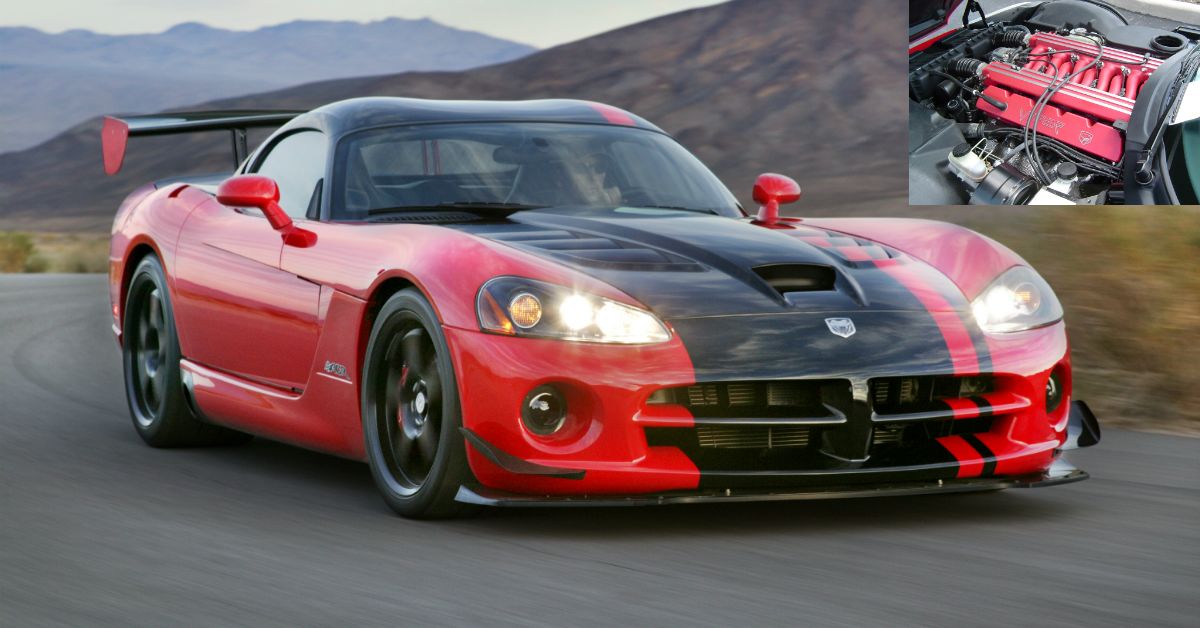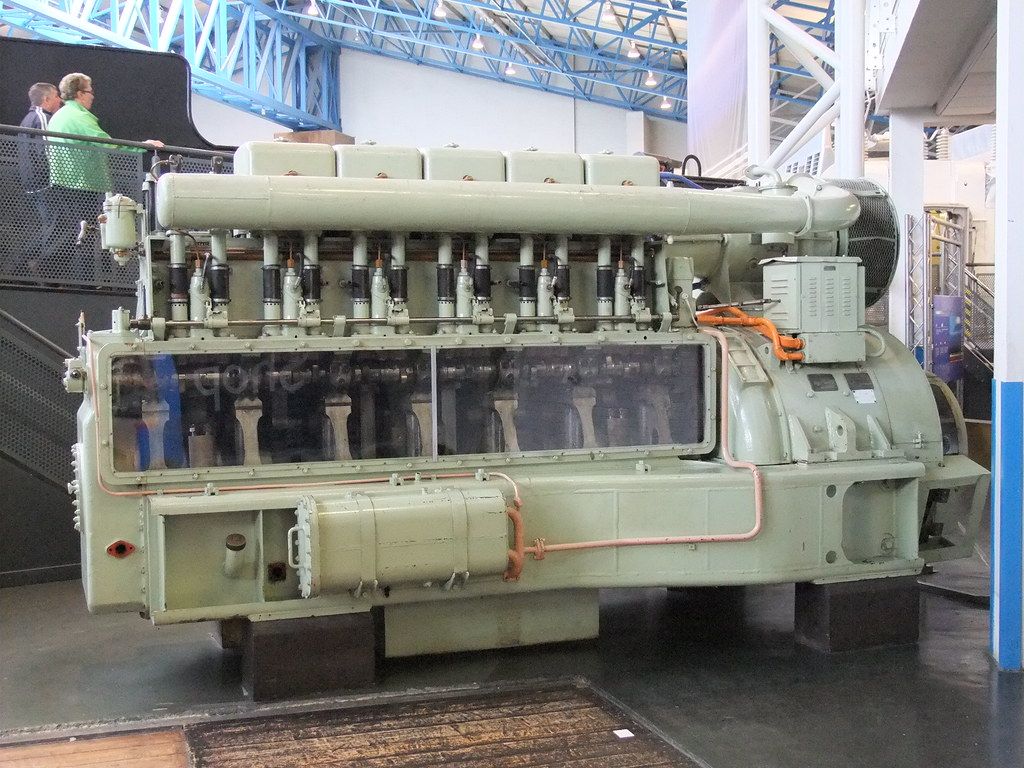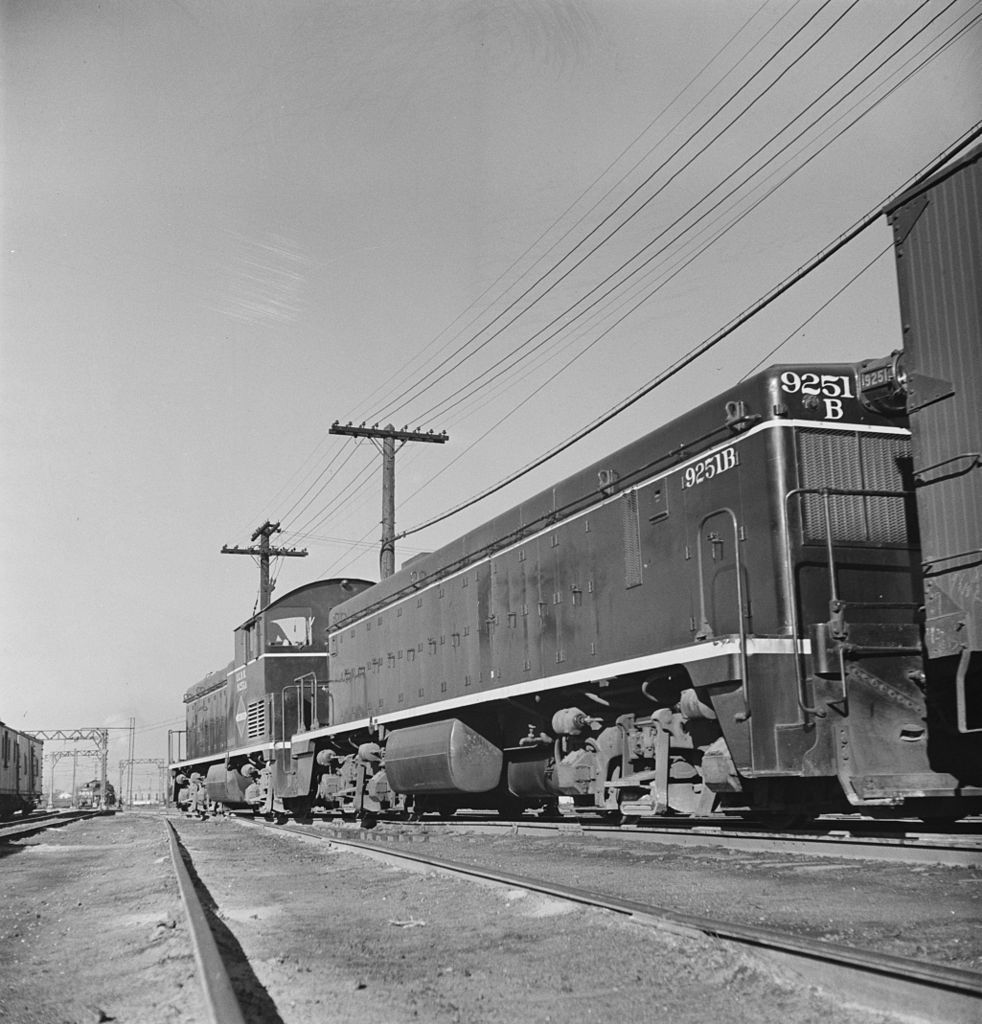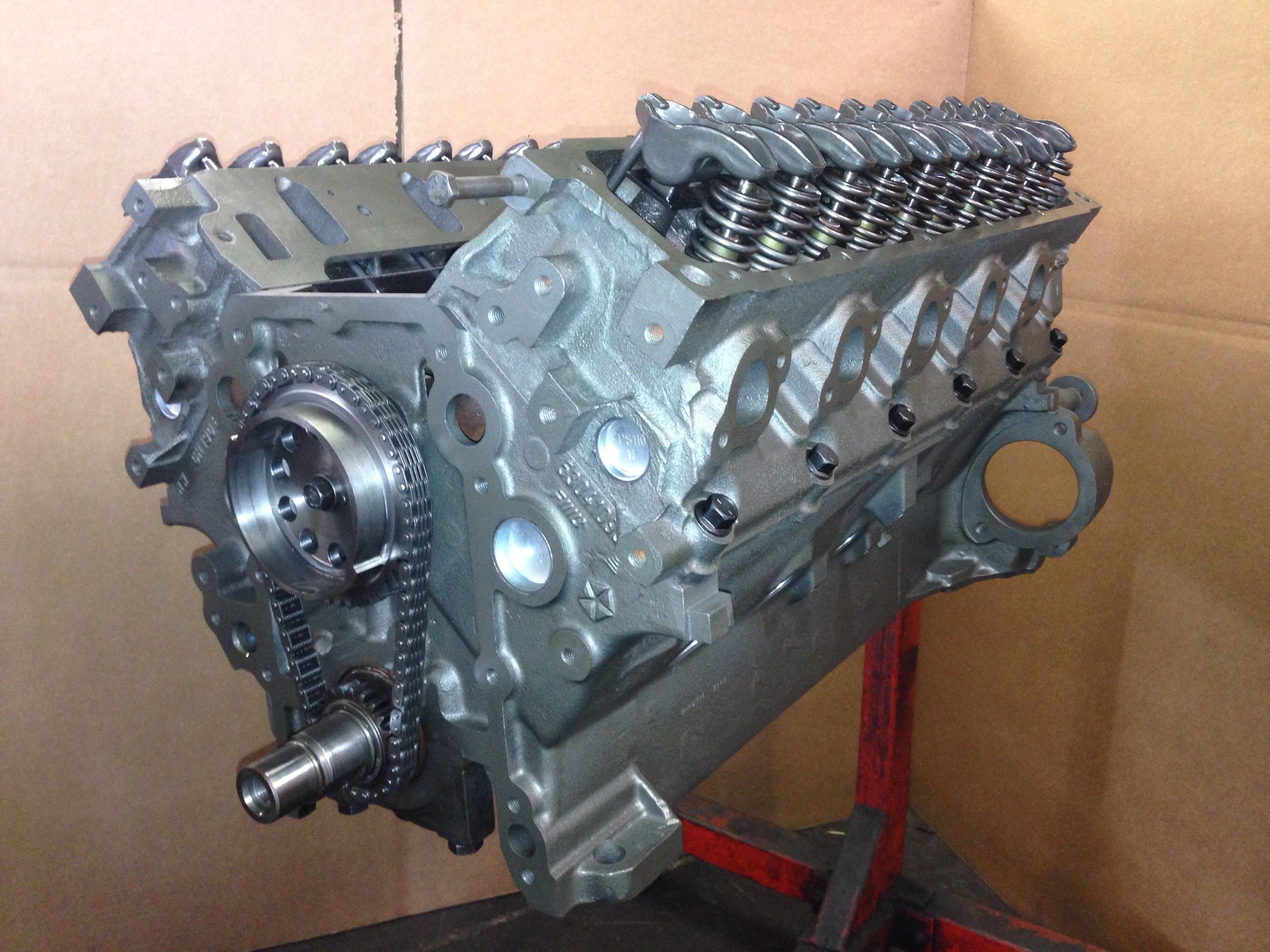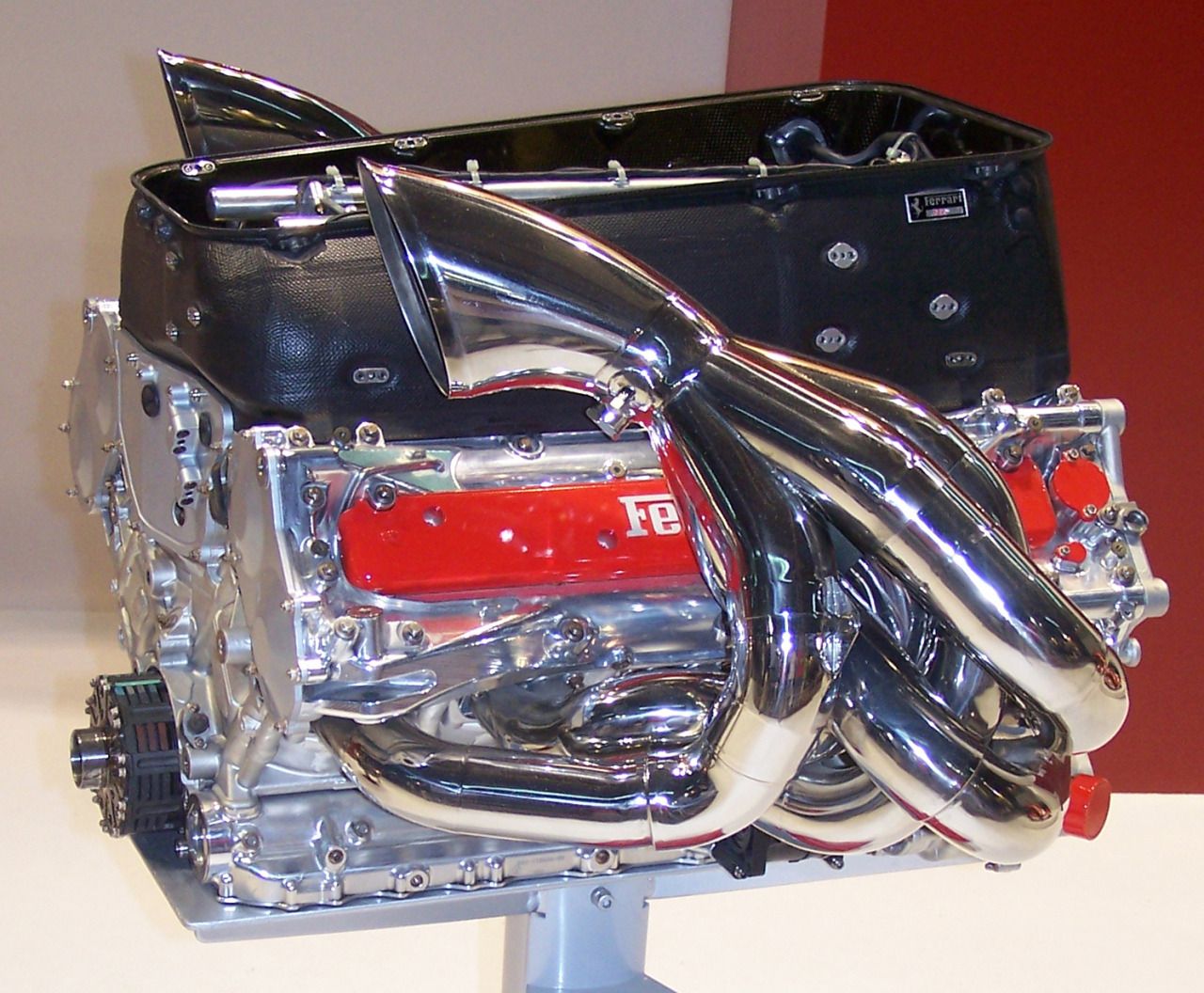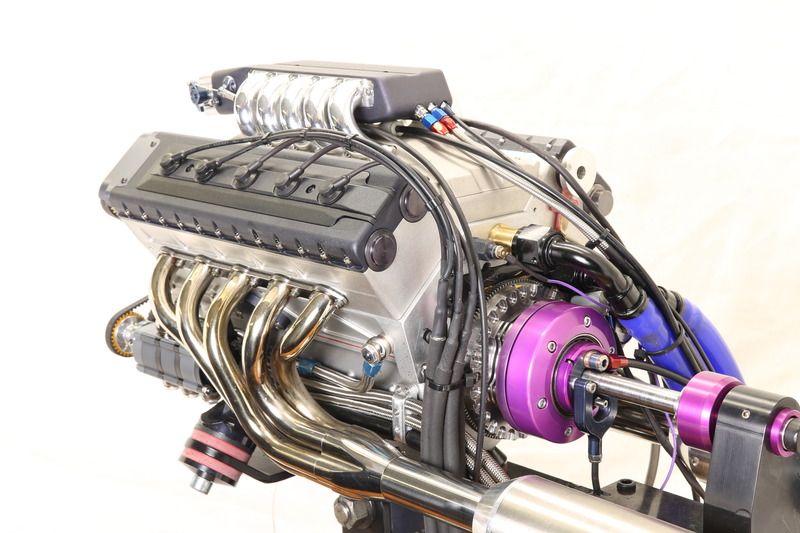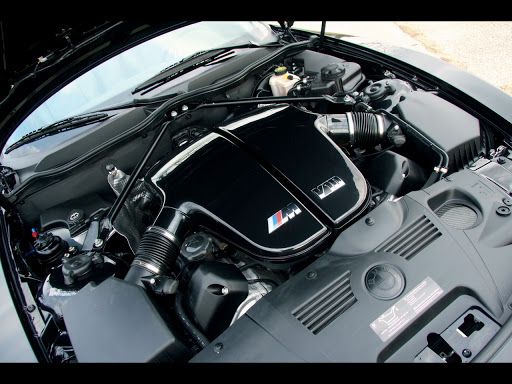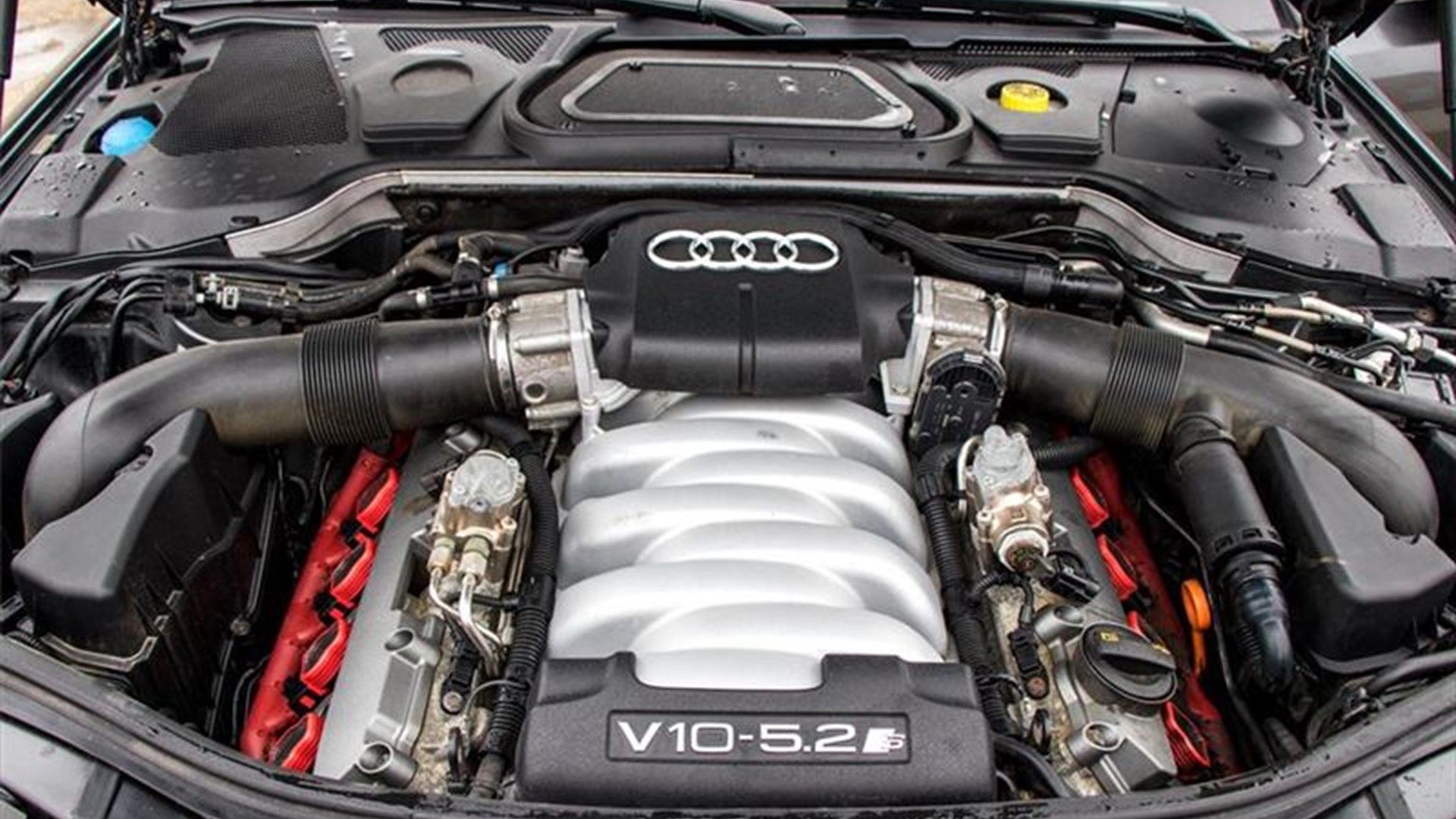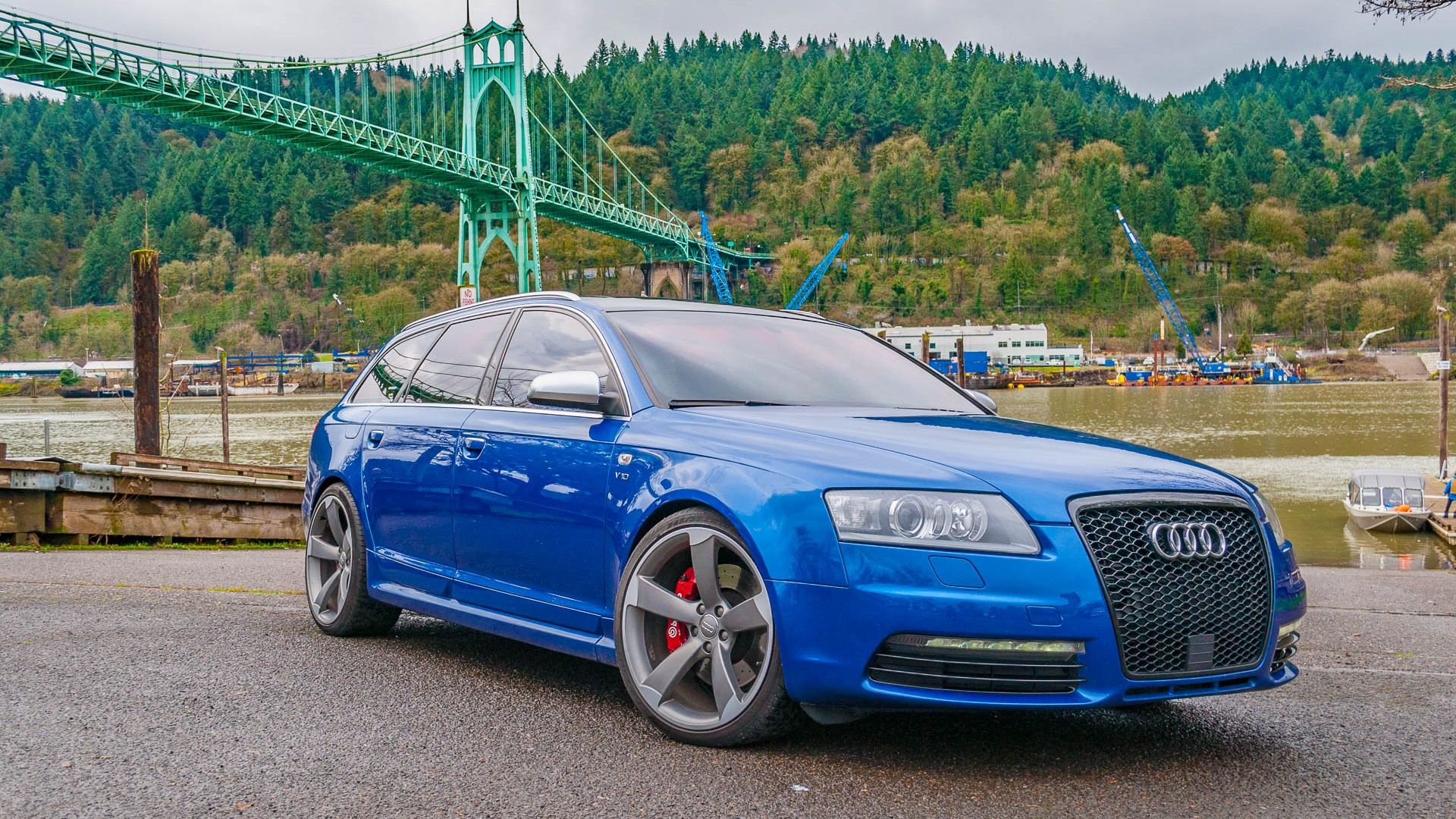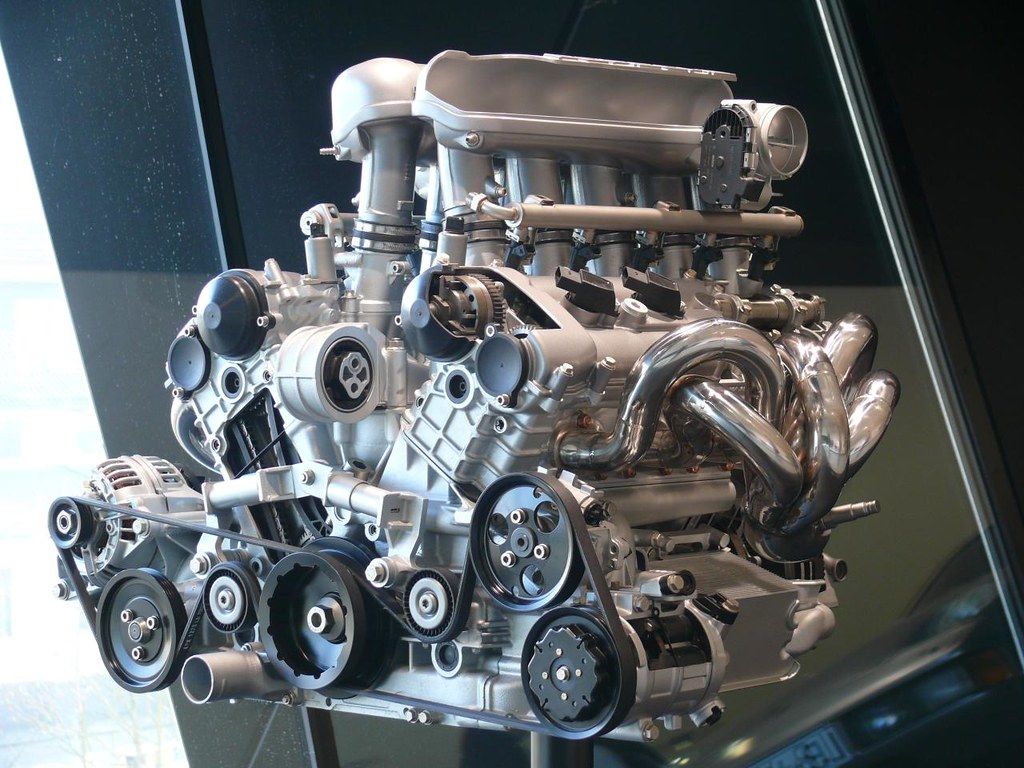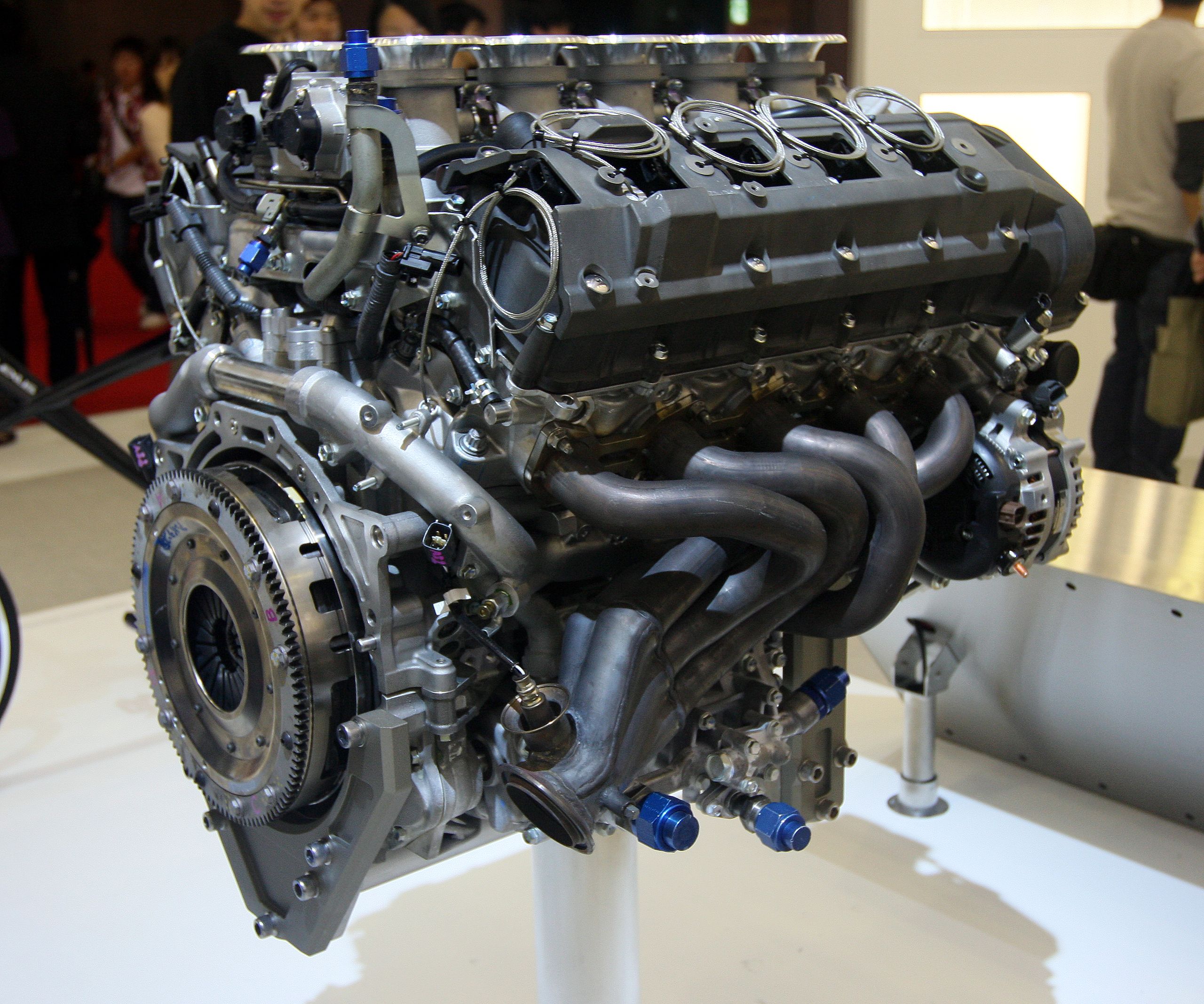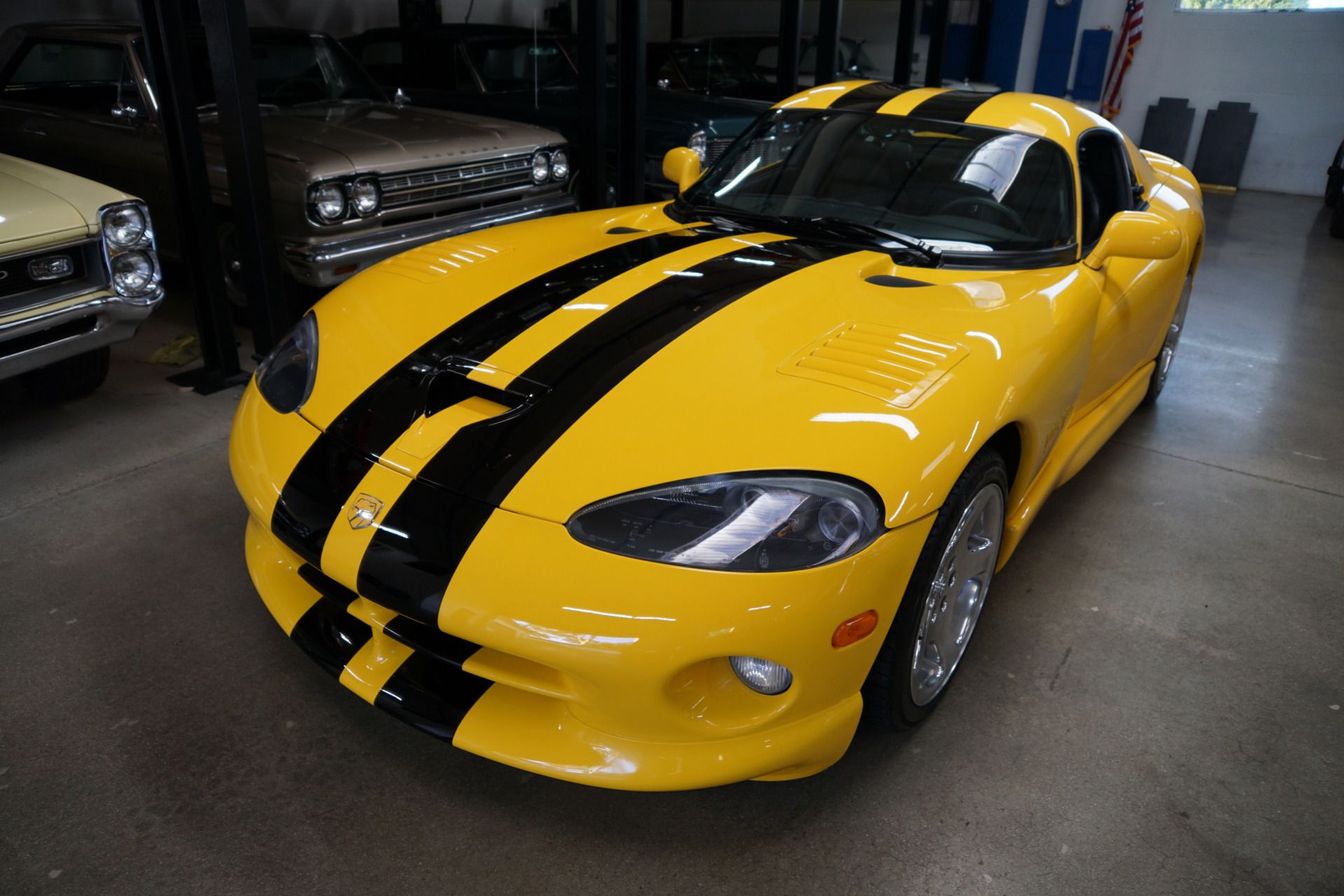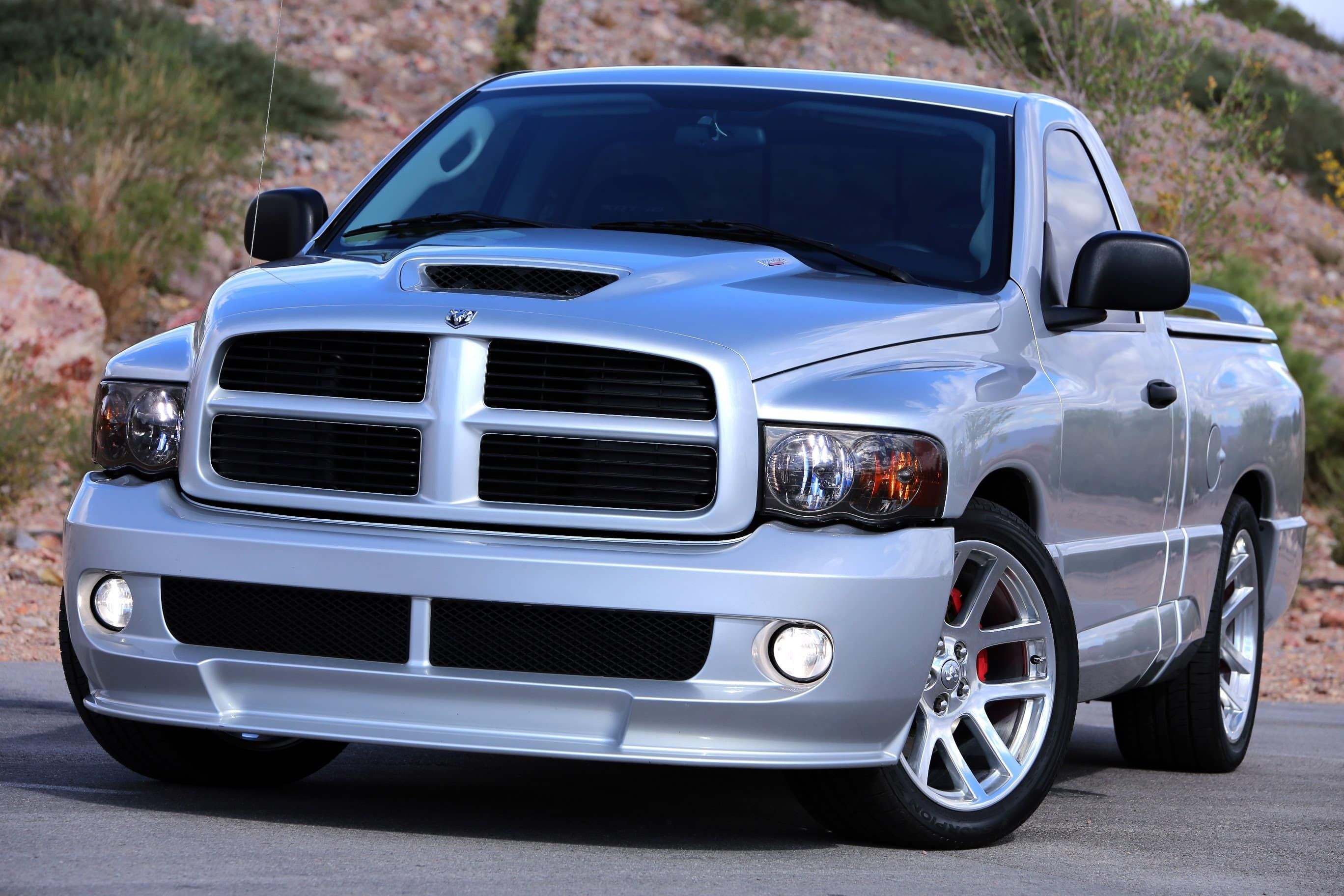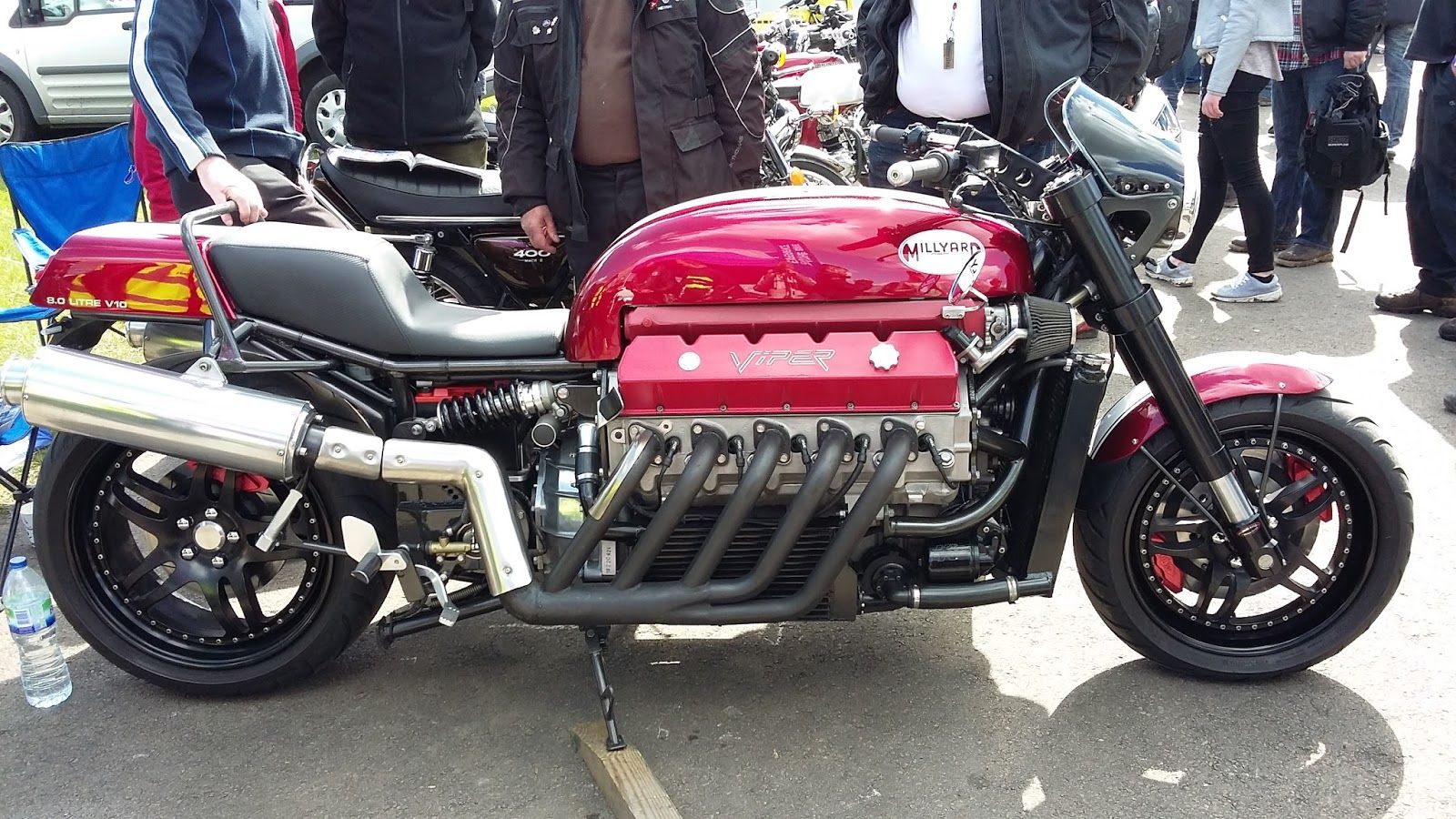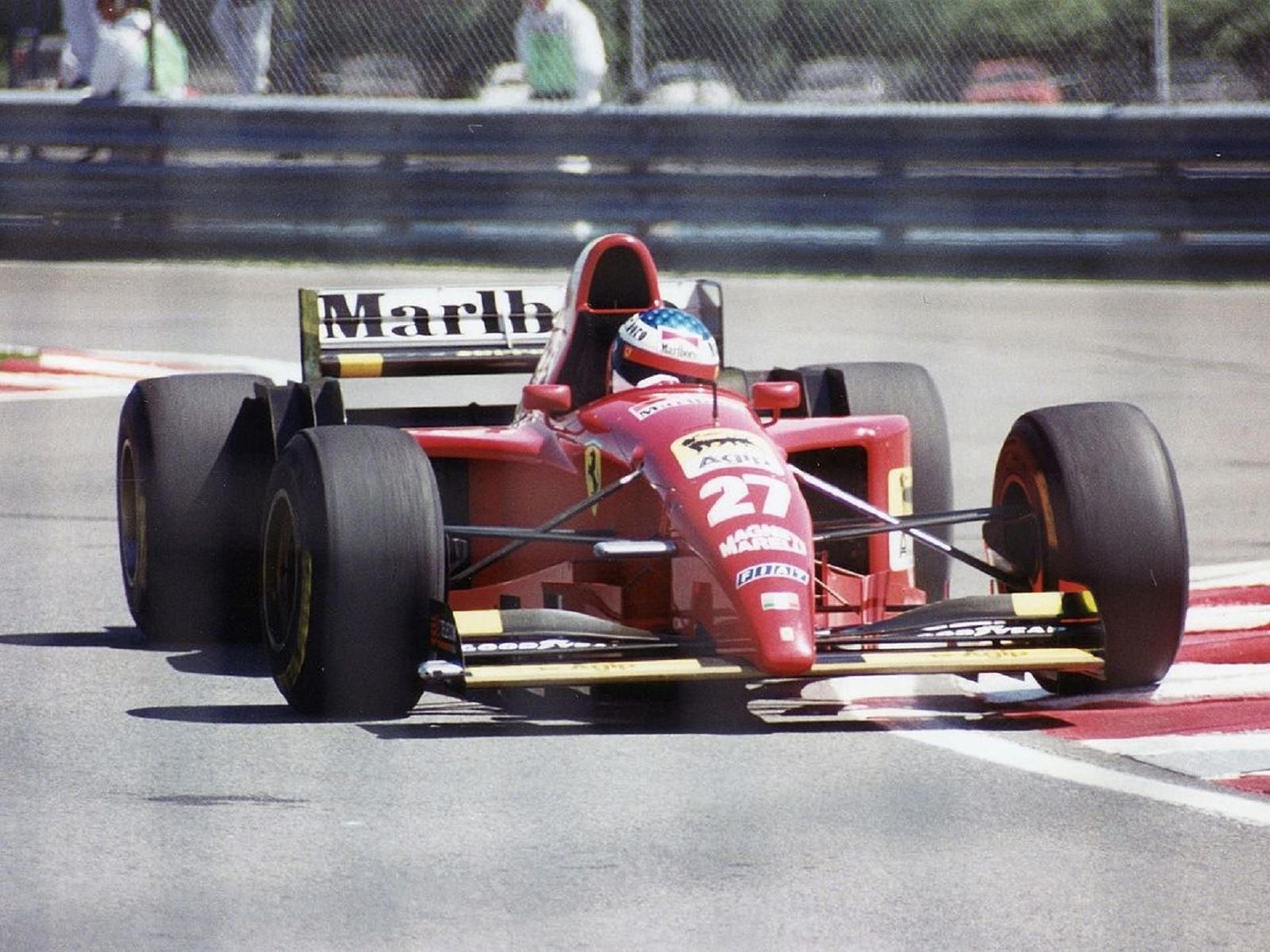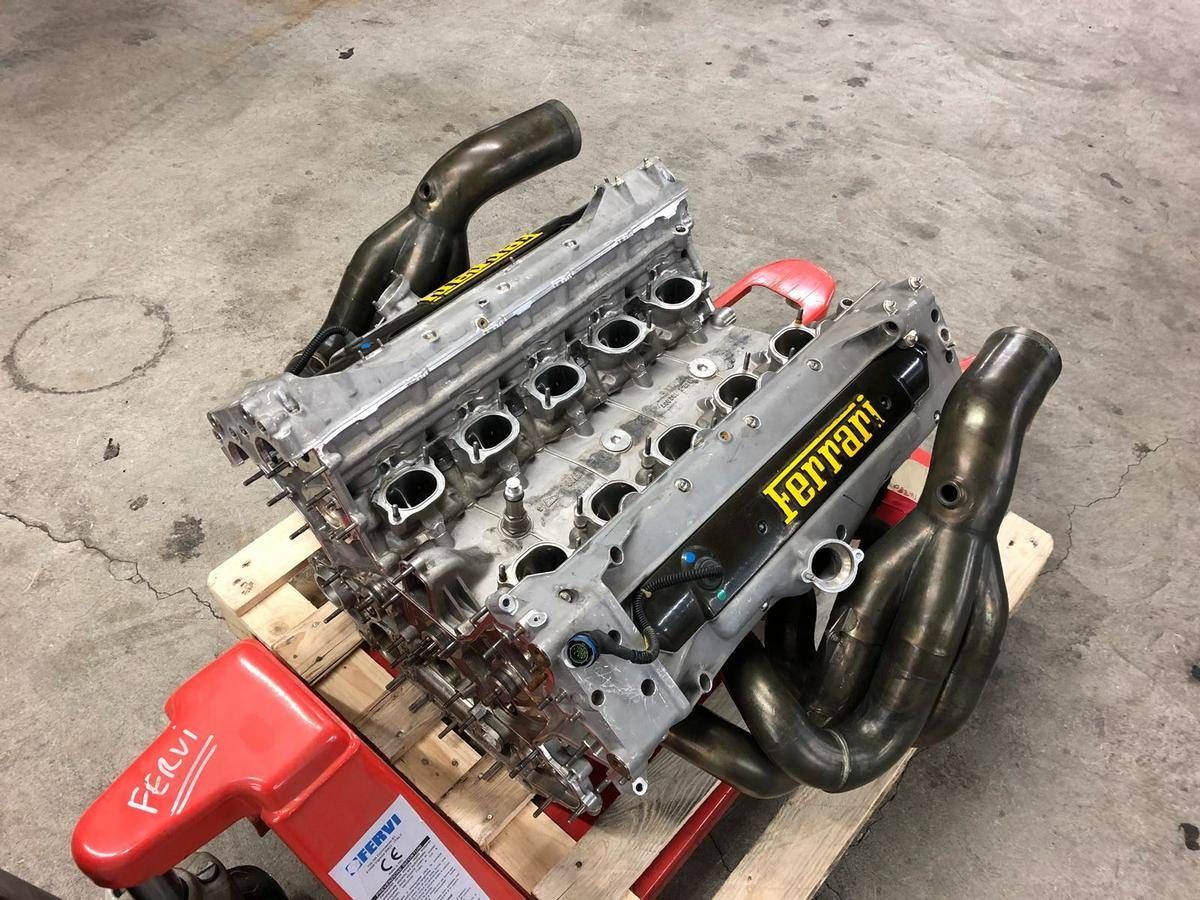Engineers have worked tirelessly for over a century now trying to devise the latest and greatest innovations for combustion engines. We've seen the V8 take a large part of the market due to ease of construction and reliable power.
The V12 is synonymous with the heart of any true Italian supercar these days. There are super rare engines too, like the inline 5 or W16. But only one blends all of these into one configuration with so many quirks and intricacies. That engine is the mighty V10.
V10s are not much easier to produce than V12s and are not as naturally well balanced. They're more expensive than V8s and need more space too. So why is it that we still see them being used? Today we review that and more that you've never known about the V10 engine.
15 The First V10
The first record of a V10 was actually built in 1936 for a train. It was actually a prototype train built by Busch-Sulzer and only 3 examples were ever made. It did indeed end up in production but not without some hurdles.
14 It Made 2000 Horsepower
One of the issues was keeping it cool since it made over 2,000 horsepower. That kind of power from a two-stroke engine is outstanding. The complexities of design became evident over its development and the V10s use in large equipment never really took off.
13 It's Two 5 Cylinder Engines Bolted Together
Much in the same way that many V8s are just a couple 4-cylinder engines mated together, the V10, for the most part, is two 5-cylinder engines designed to work as one. As time has gone on there have been major advancements in how the V10 is maximized in terms of power and efficiency. Let's take a deeper look at some of those.
12 Angles Are Everything
Angles of the V itself, like 90 degrees vs 72 degrees. determine how naturally balanced the motor is. 90 degrees is most efficient but if you can pull the heads up a little to 72 degrees you actually get a balanced V10 which needs no balance shafts inside of it. Every weight and angle in the engine must be considered to keep these things from shaking themselves apart.
11 The Smallest V10
While F1 engines can be pretty small this 2.0 V10 is a one-off functional project by an engineering student. It displaces less than many karting motors and yet sounds and runs like any other V10. Imagine how cool this thing would look on the back of a karting rig.
10 BMW Put One In A Sedan
The last true supercar killing naturally-aspirated sedan made is the E60 M5. BMW took the time to take a 5.0 V10 closely related to their F1 engine and redesigned it for their road-going 5 series sedan. It also revs to 9,000 RPM so it howls like few other cars.
9 Audi Borrowed Theirs From Lamborghini
Audi didn't have a V10 to use for their R8 supercar. That's why the original car was a V8. Thanks to their partner Lamborghini they didn't have to shoulder the load to build a V10 of their own. They simply took the same one used in the Gallardo and retuned it for their own use.
8 Then They Put It In A Wagon
Then Audi decided that they could also take advantage of the design to put one in their S6 sedan. They saw the success that BMW had with the M5 and answered with their own version. They even went as far as to put it in the car you see above, the S6 Avant. So you could take 5 people anywhere over the weekend with cargo in the boot and a big bad V10 under the hood.
7 Porsche Used A Race Car V10 In The Carrera GT
The Carrera GT has an amazing wail. If you listen to any of the Euro or American V10s mentioned here they sound kind of burbly. They have a lower tone. This one absolutely shrieks. It sounds so high pitched because it has real roots in racing where high revs mean everything.
6 Yamaha Helped Lexus Build One For The LFA
Toyota doesn't have a long history of big engines in their cars so when they decided to bring a real supercar rival to the market with the Lexus LFA they wanted help in ensuring they did it right.
To achieve that they tapped Yamaha and it was a marriage made in heaven. To this day the LFA is known for its motor and remains the high point in Lexus sports car history.
5 Lamborghini Helped Dodge Build The Viper Engine
Most people don't know how the Viper got its horsepower, in fact, one of the most unknown things about the Viper is that Lamborghini helped build the engine. At the time, Chrysler owned the raging bull and utilized their knowledge to cast the V10 block since they had excess capacity. According to Viper Powertrain Engineer, Dick Winkles, "We had some design help from Lamborghini, to convert iron to aluminum. You can't just cast the same block. Aluminum requires different strengthening ribs, has different cooling characteristics. Lambo designed the water jackets, they had a lot of experience with multi-cylinder aluminum engines."
4 Then They Used It In Everything
Today we see the Hellcat engine going into everything from Jeep Gladiators to the Challenger and more. Dodge set that precedent back in the 2000s by installing the Viper V10 in their full-sized Ram pickup. Badged the Ram SRT10 it is still considered the fastest production truck ever.
3 That Inspired A Britsh Viper-Powered Motorcycle
While Dodge did create a concept bike called the Tomahawk that utilized the Viper V10 they never brought it to market. A guy in the UK did one step better. What you see above you is called the Millyard V10 Motorcycle and it's capable of well over 200 mph for obvious reasons.
2 F1 Has Dominated The V10 Game
F1 actually uses the V10 far more than production cars do. They've used it off and on throughout history and as mentioned they've influenced road cars like the BMW M5. Much like the Porsche V10, they sound incredibly loud and high-pitched because they rev up over 10,000 RPM.
1 Those Engines Are Miraculous
Finally, they are built to unbelievable specifications. They have hot oil pumped into them before they're run so that the metal can heat up and expand. That's because the tolerances are so small that at any temperature below 60 degrees the pistons are effectively seized in place. They were only 3.0-liters and could make up to 965 horsepower because of amazing engineering that allows the pistons to make a full stroke 300 times a second when needed.

